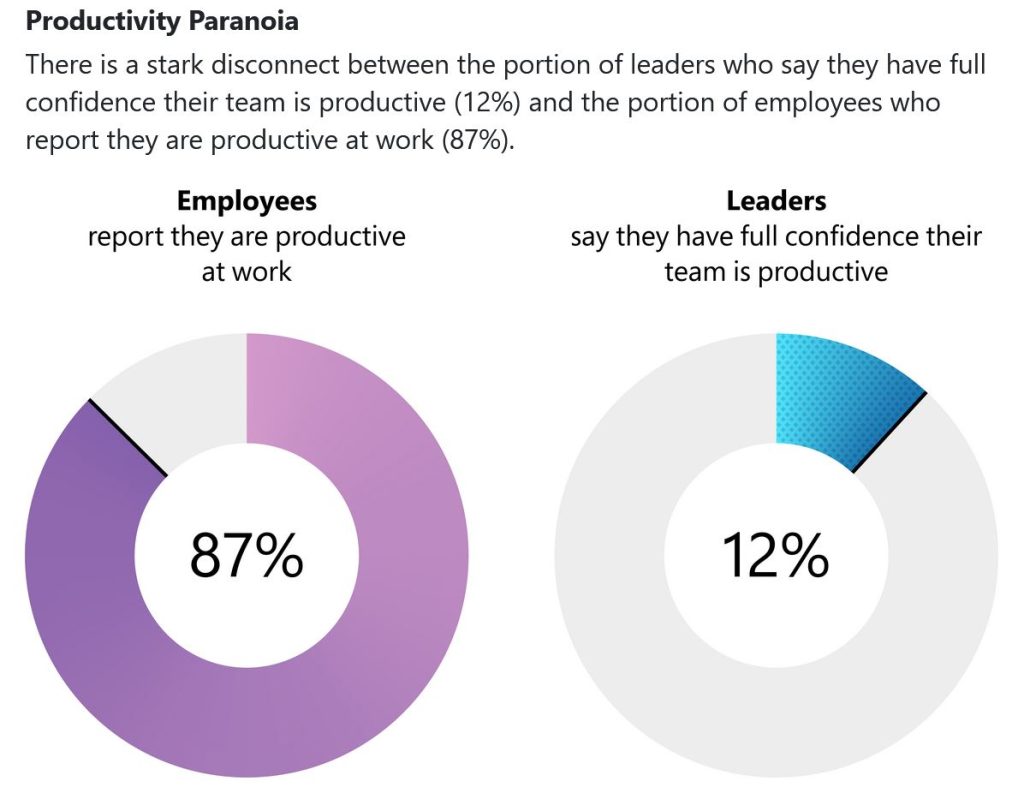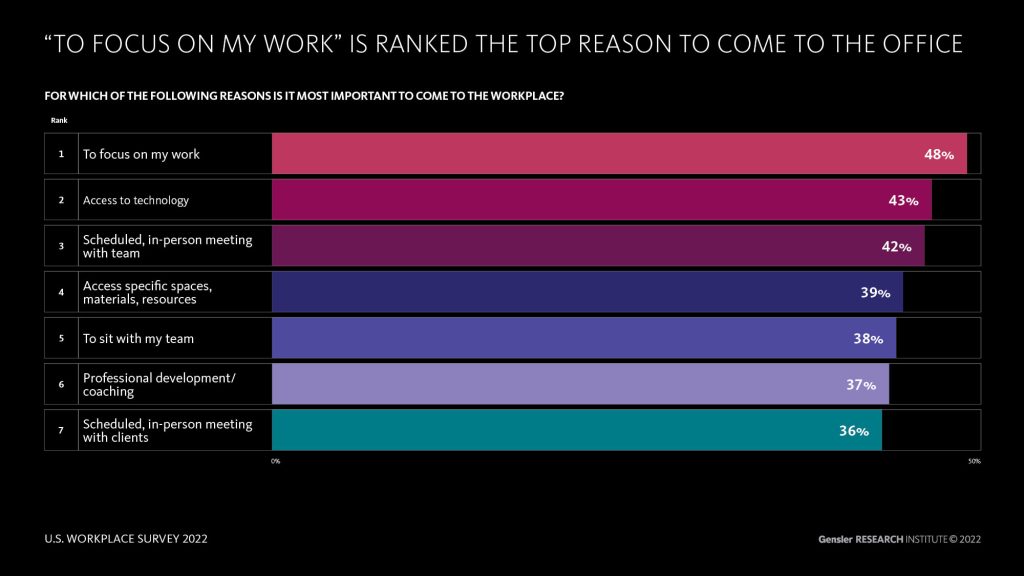
Why We Need to Rethink Hybrid Work
Several months ago, I wrote a blogpost discussing return to work policies and how they were being enforced. At the time Elon Musk had just sent his employees an email demanding their presence in the office, failure to show would be equated with quitting. I remain critical of forced return to office policies, and at the time I highlighted a number of reasons why leaving behind remote work was unpopular with many.
What the passage of time since the hard lockdowns has shown us, is that maybe home working isn’t all its stacked up to be. There is no doubt the pandemic has accelerated remote working; from home offices, to being fully abroad and using shared workspaces and cafes as a temporary office – many have taken to remote work like fish to water. But there are many, who might prefer a return to the office, at least in a hybrid fashion.
What is Productivity Theatre?
With remote work there often is the expectation to always be “on”. To continuously be available to co-workers and managers, and to instantly reply to their messages and requests. This has put a toll on many people who already struggle with their work-life balance now that they were working from home.
Another consequence of remote work is what Microsoft called “productivity paranoia” in a recent study. They surveyed 20.000 workers from 11 countries, and one of their key findings was that there is a perception rift when it comes to productivity. A staggering 85% of surveyed leaders felt that remote working made it challenging to have confidence their employees were being productive.

There is less visual insight into their employees’ work, and it is harder to casually check-in with team members to confirm they are doing their tasks. While these employees are not necessarily less productive working remotely, this lack of trust has created the need to develop new methods of monitoring productivity. One way of doing this, is through meetings. The Microsoft study shows that meetings have increased by 153% compared to pre-pandemic levels. This puts more strain on employees and has led to a rise in double-booking.
Other methods of using technology to track productivity are often met with distaste and resentment. There are many anecdotes on the internet, about employees finding crafty ways around activity trackers or senseless productivity requirements. In cases like these it might be easier for both parties to part time return to the office, where we are on steadier ground when it comes to understanding and projecting productivity.
Rebuilding Social Capital
Another key finding of the Microsoft study was that people are willing to come into the office to socialise. While 73% of the respondents said that company expectation alone was not enough to make the commute, the prospect of engaging with team members, friends as well as managers and senior leadership made a return much more appealing.

Another study by Gensler shows slightly different priorities among respondents. While in 2020 the top reasons for coming into the office were to socialise and interact with colleagues, in 2022 the top reason was “to focus on my work”. They also found that on average, people felt they needed more time in the office to improve their productivity. This may be a reflection of shifting needs: the hard lockdowns of 2020 left people wanting for social interaction. Coming out of lockdowns, simply socialising was no longer the top priority. But if people want to spend more time in the office, why don’t they?
The authors of the study suggest the solution might be to optimise the office experience. Indeed, 42% of respondents said that their ideal experience mix would bring them back to the office an additional day a week. The question then is how to create this experience mix and to “earn” your workers commutes. This might come in the form of rebalancing the use of office space, or by accommodating different needs. Either way there is a need to re-invest in employees and make it worth their while to come into the office.
Sources
Hybrid Work Is Just Work. Are We Doing It Wrong?
The New Reason Workers Say They Come To The Office? To Actually Focus On Their Work: Survey

